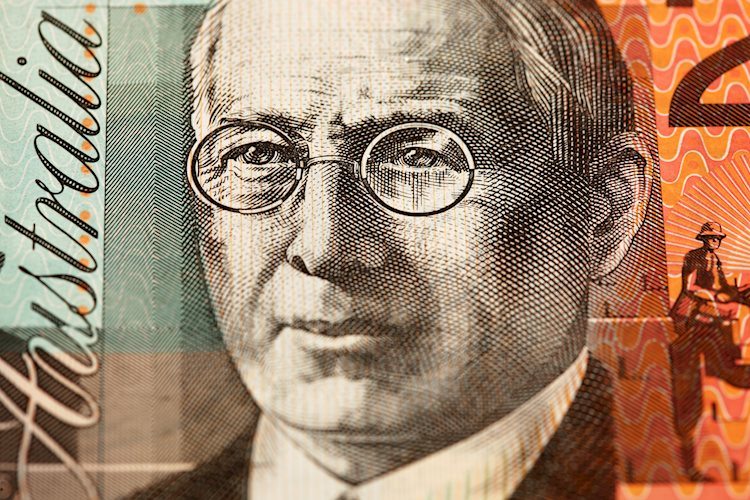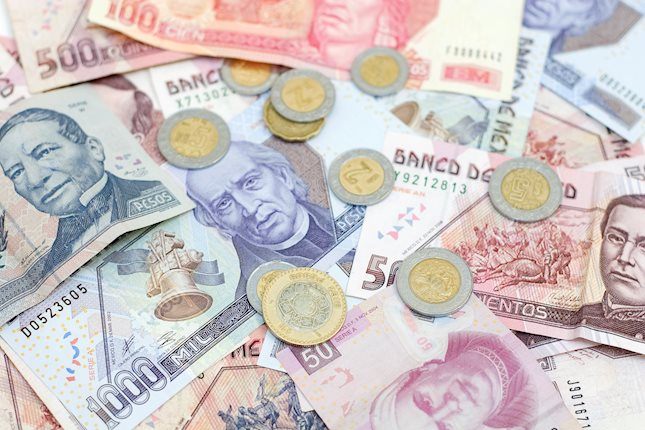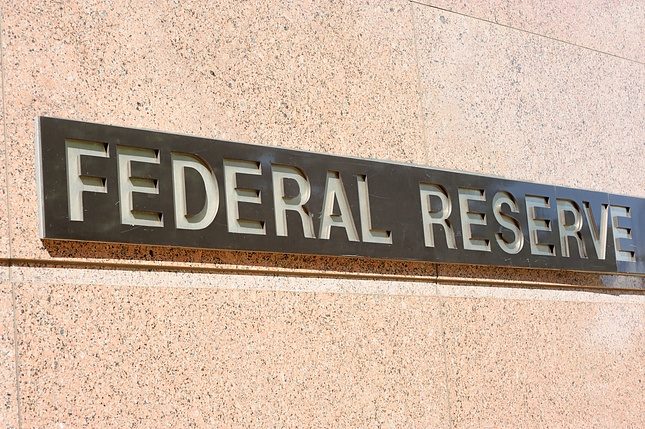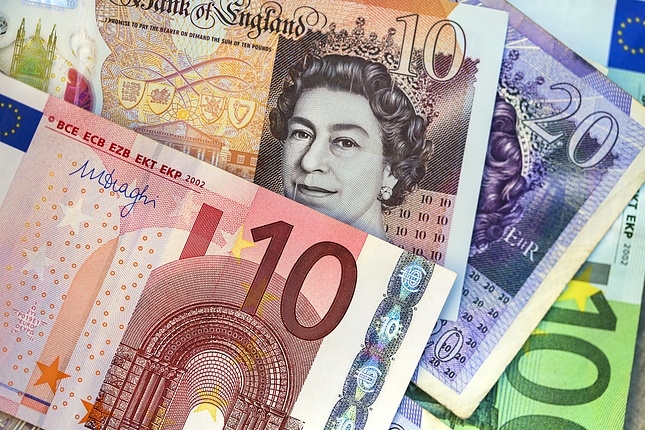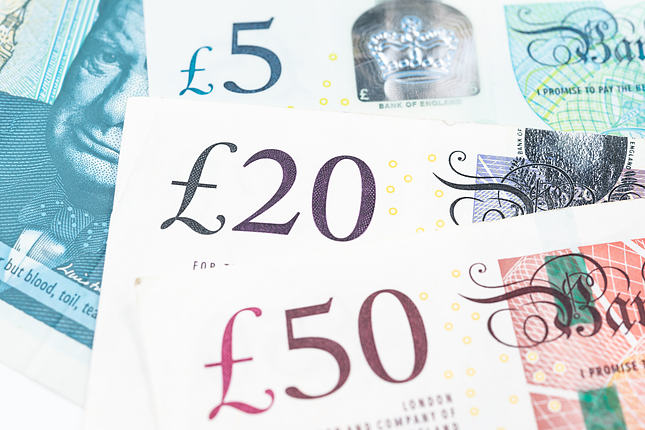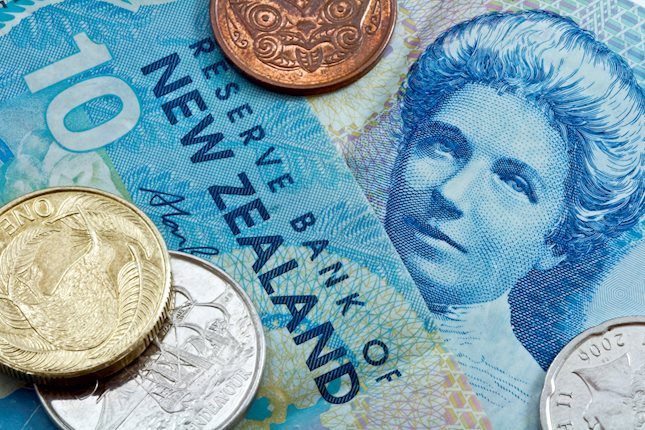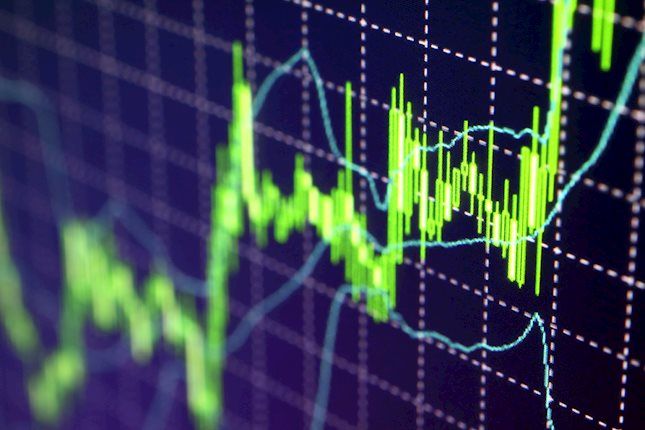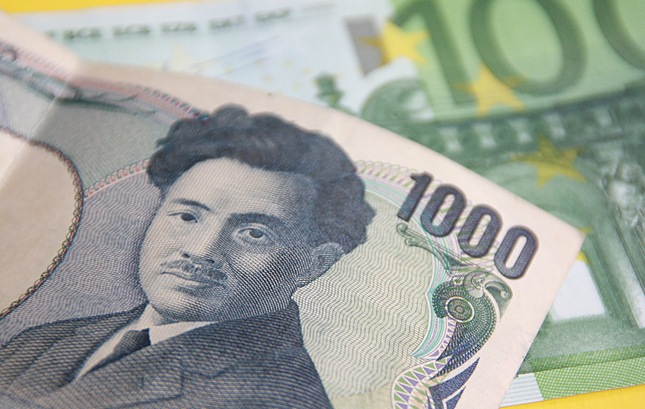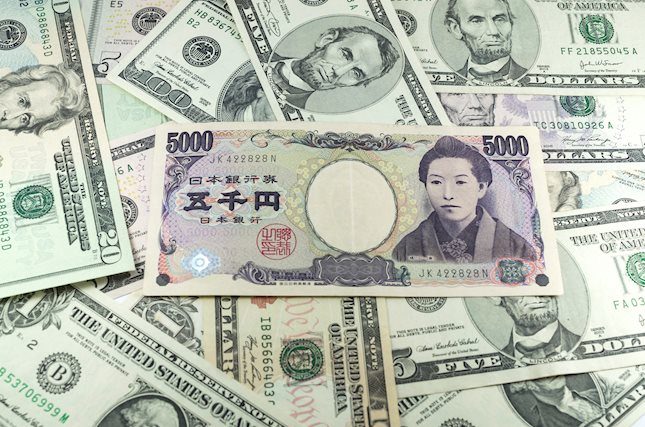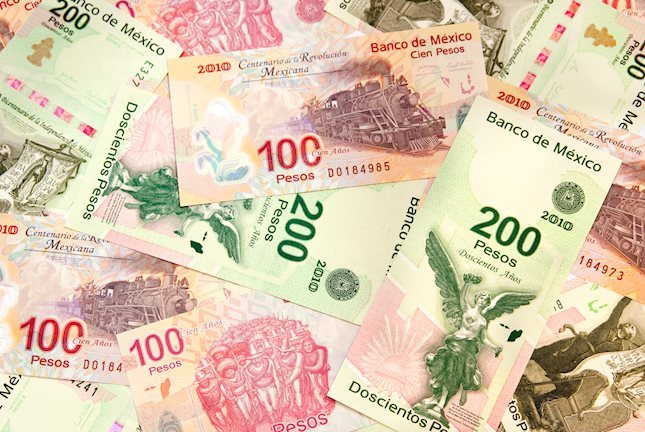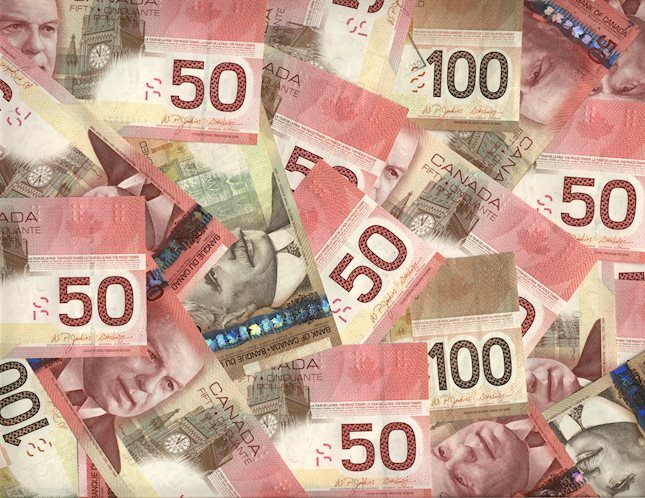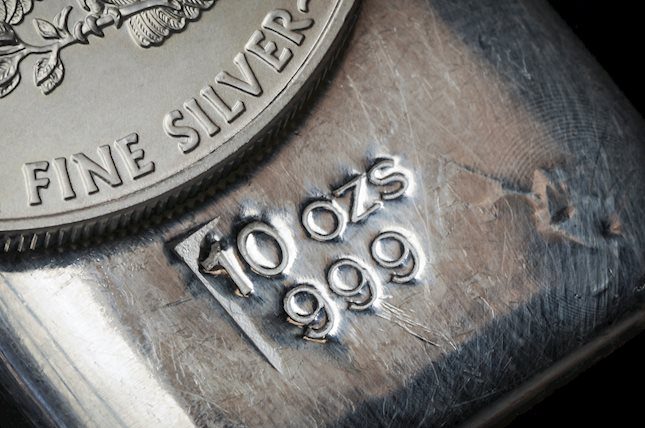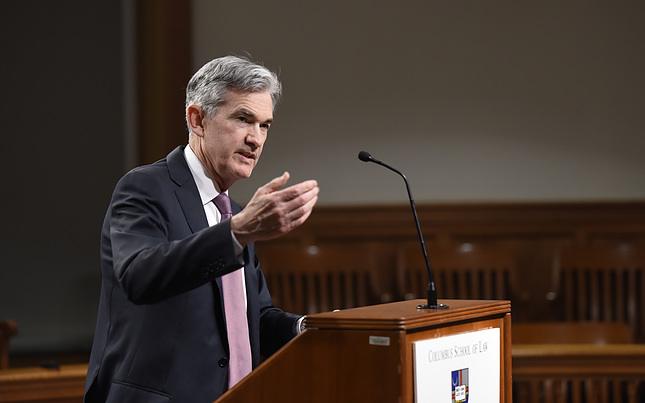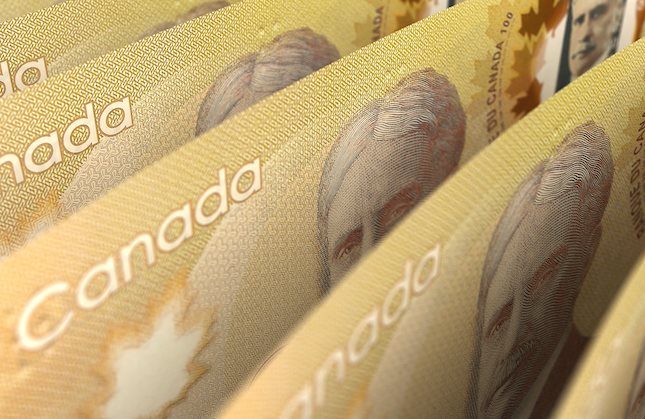Australian Dollar struggles to gain on RBA's hawkish posture
- AUD/USD falls and struggles to gain ground against the USD.
- US Nonfarm Payrolls disappoint with 142K new jobs added, below the 160K estimate.
- RBA's hawkish stance suggests no imminent rate cuts, which might support the AUD.
The AUD/USD declined by 0.85% in Friday's session, now hovering near the 0.6700 level following the release of the US Nonfarm Payrolls (NFP) report for August. However, the hawkish stance of the Reserve Bank of Australia (RBA), suggests that no imminent rate cuts are likely, which might limit the downside to the Australian Dollar.
The economic prospects for Australia are uncertain, and the Reserve Bank of Australia's aggressive stance to combat rising inflation has led to market expectations of only a 0.25% interest rate cut in 2024.
Daily digest market movers: Australian Dollar declines against US Dollar after mixed US job data
- US NFP report shows weaker-than-expected job growth, with 142K fresh payrolls against expectations of 160K.
- Unemployment Rate fell to 4.2% as anticipated, from the prior 4.3%.
- Following the data, the likelihood of the Fed starting interest rate cuts this month remained steady, with a 45% chance of a 50 bps reduction to 4.75%-5.00%.
- On the other hand, RBA Governor Bullock's hawkish stance reinforces the belief that interest rates will remain unchanged in the short term.
- Withhile monetary policy divergences between the Fed and RBA becoming ever clearer, the downside for the Aussie is limited.
AUD/USD technical outlook: Bearish momentum tests support at 0.6650
The pair has been in a downtrend since early September and is now testing the key support level of 0.6670. A break below this level could lead to further losses in the coming days.
The Relative Strength Index (RSI) is currently in the negative area and is sloping sharply downward, indicating that the bears are in control of the market. The Moving Average Convergence Divergence (MACD) is also bearish, which confirms mounting selling pressure.
Central banks FAQs
Central Banks have a key mandate which is making sure that there is price stability in a country or region. Economies are constantly facing inflation or deflation when prices for certain goods and services are fluctuating. Constant rising prices for the same goods means inflation, constant lowered prices for the same goods means deflation. It is the task of the central bank to keep the demand in line by tweaking its policy rate. For the biggest central banks like the US Federal Reserve (Fed), the European Central Bank (ECB) or the Bank of England (BoE), the mandate is to keep inflation close to 2%.
A central bank has one important tool at its disposal to get inflation higher or lower, and that is by tweaking its benchmark policy rate, commonly known as interest rate. On pre-communicated moments, the central bank will issue a statement with its policy rate and provide additional reasoning on why it is either remaining or changing (cutting or hiking) it. Local banks will adjust their savings and lending rates accordingly, which in turn will make it either harder or easier for people to earn on their savings or for companies to take out loans and make investments in their businesses. When the central bank hikes interest rates substantially, this is called monetary tightening. When it is cutting its benchmark rate, it is called monetary easing.
A central bank is often politically independent. Members of the central bank policy board are passing through a series of panels and hearings before being appointed to a policy board seat. Each member in that board often has a certain conviction on how the central bank should control inflation and the subsequent monetary policy. Members that want a very loose monetary policy, with low rates and cheap lending, to boost the economy substantially while being content to see inflation slightly above 2%, are called ‘doves’. Members that rather want to see higher rates to reward savings and want to keep a lit on inflation at all time are called ‘hawks’ and will not rest until inflation is at or just below 2%.
Normally, there is a chairman or president who leads each meeting, needs to create a consensus between the hawks or doves and has his or her final say when it would come down to a vote split to avoid a 50-50 tie on whether the current policy should be adjusted. The chairman will deliver speeches which often can be followed live, where the current monetary stance and outlook is being communicated. A central bank will try to push forward its monetary policy without triggering violent swings in rates, equities, or its currency. All members of the central bank will channel their stance toward the markets in advance of a policy meeting event. A few days before a policy meeting takes place until the new policy has been communicated, members are forbidden to talk publicly. This is called the blackout period.
Forex News
Keep up with the financial markets, know what's happening and what is affecting the markets with our latest market updates. Analyze market movers, trends and build your trading strategies accordingly.
